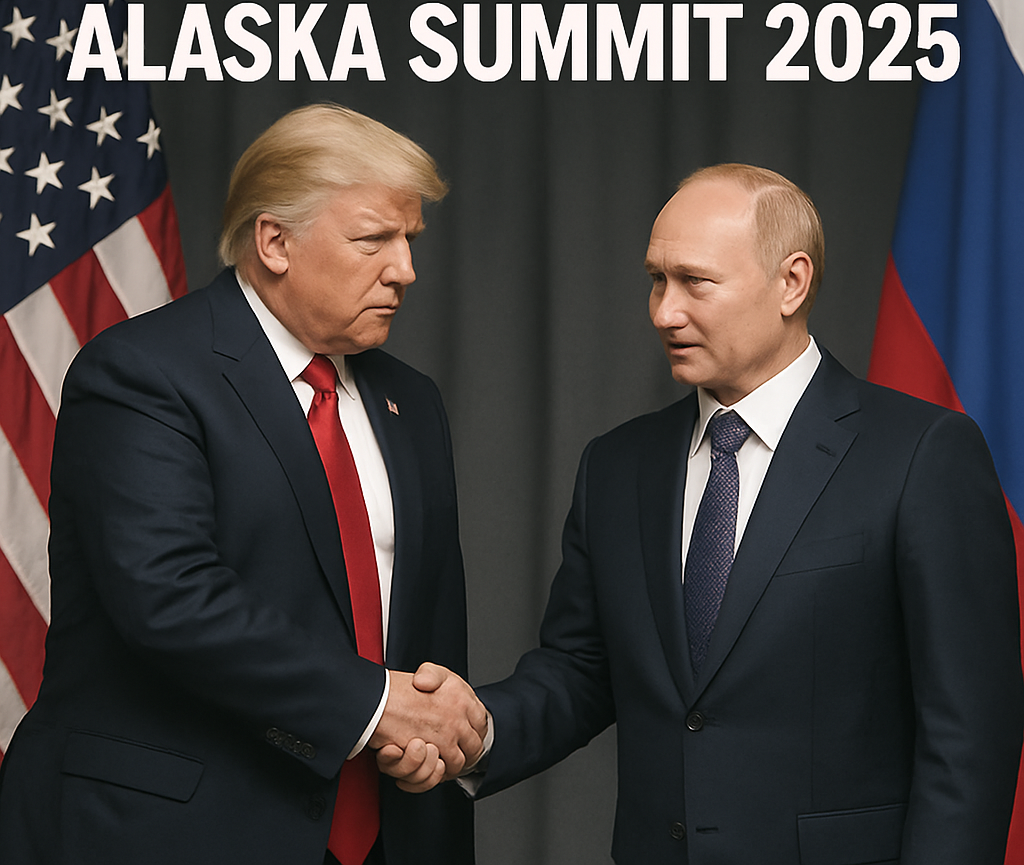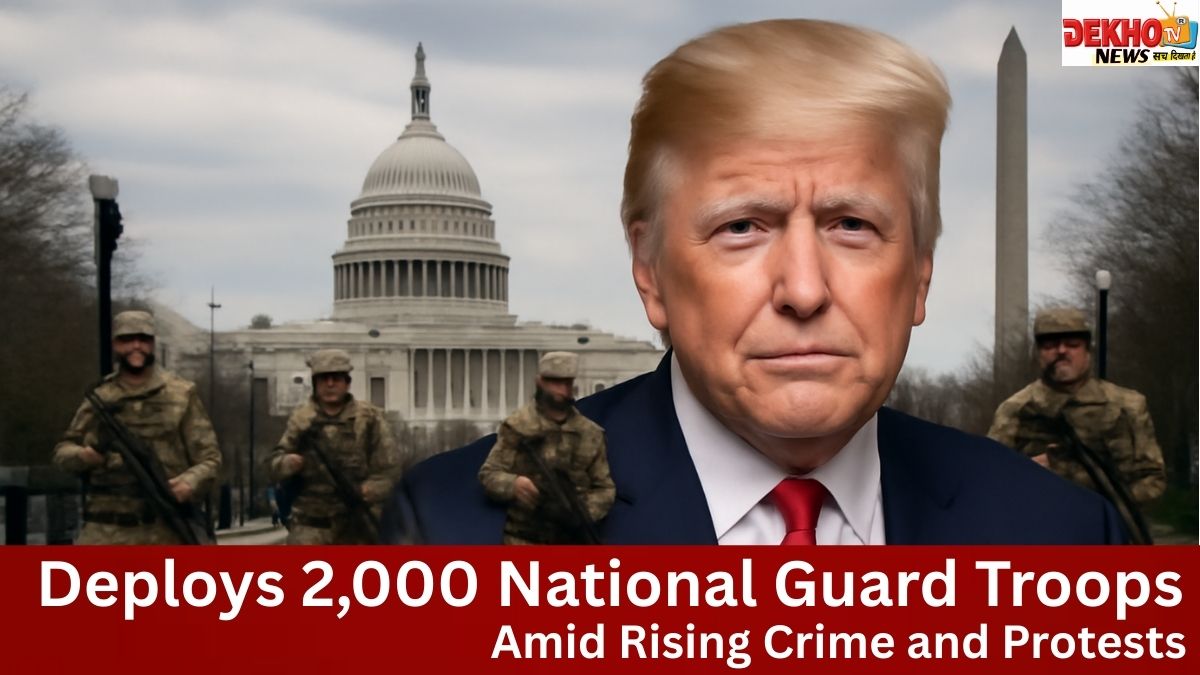‘No deal’: Takeaways from Trump’s Alaska summit with Putin

Anchorage, Alaska — On August 15, 2025, Presidents Donald Trump and Vladimir Putin met in Anchorage for a highly anticipated summit aimed at addressing some of the most pressing global issues, including the ongoing conflict in Ukraine and the broader U.S.-Russia relations. The summit concluded without any formal agreements, underscoring the complex geopolitical challenges faced by both nations.
The Summit: What Happened?
The Alaska summit was expected to be a breakthrough moment in U.S.-Russia diplomacy. Both leaders spent several hours engaging in intense discussions, covering a range of topics from arms control and cybersecurity to regional conflicts and trade relations. However, despite the lengthy dialogue, no binding agreements or major breakthroughs were announced when the summit ended.
One of the most notable moments came when President Putin suggested that had Donald Trump been president in 2022, the devastating war in Ukraine “might not have happened.” This statement sparked a mixed reaction internationally, with some seeing it as a political comment meant to highlight diplomatic differences, while others interpreted it as an attempt to question current U.S. foreign policy.
President Trump responded by accepting an invitation to visit Moscow, signaling his willingness to maintain open diplomatic channels despite current tensions.

Why No Deal?
Experts suggest the absence of a formal deal reflects the multifaceted and deeply entrenched disagreements between the U.S. and Russia. Issues such as Ukraine, allegations of cyber attacks, sanctions, and military presence in various regions remain highly sensitive and difficult to resolve in a single meeting.
Moreover, domestic political pressures limit the extent to which either leader can make concessions. Both face intense scrutiny from their political bases and opposition groups, making diplomatic compromises challenging without risking political fallout.
Despite the lack of an agreement, the summit served an important purpose by reaffirming dialogue between the two powers, reducing the risk of miscommunication or accidental escalation.
Global and Domestic Reactions
The summit announcement and Putin’s comments led to widespread discussion across media outlets and political circles worldwide.
Supporters of President Trump praised his approach of direct engagement with Russia’s leadership, arguing that dialogue is essential to manage tensions and avoid further conflicts. They emphasize that maintaining communication channels is vital, even in the absence of immediate results.
Critics, on the other hand, expressed disappointment over the lack of tangible progress. Many questioned the effectiveness of the summit and criticized the tone of Putin’s remarks regarding the Ukraine conflict, labeling them as politically charged and overlooking the complex realities on the ground.
Analysts also pointed out that the summit’s outcomes highlight the challenges of diplomacy in a world with entrenched geopolitical rivalries, diverse domestic pressures, and rapidly changing international dynamics.
What’s Next?
The acceptance of an invitation for President Trump to visit Moscow suggests that both leaders intend to keep diplomatic channels open. Future talks may address some unresolved issues and potentially pave the way for negotiation in less contentious contexts.
However, observers caution that meaningful progress will likely require sustained effort over time. The current geopolitical environment, marked by conflicts in Eastern Europe, cyber-security concerns, and strained alliances, demands careful navigation to prevent escalation.
The summit, therefore, represents not a conclusion but a step in a longer process of managing one of the most complex bilateral relationships in global politics.
Conclusion
The August 15 summit between Trump and Putin showed the difficulty of bridging significant geopolitical divides in a single meeting. While no formal agreements were reached, the dialogue reaffirmed the importance of sustained diplomatic engagement. The international community will be watching closely as both nations navigate the fragile path forward.


